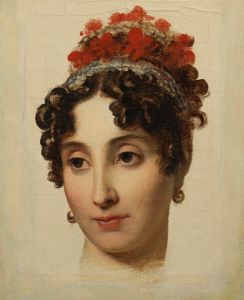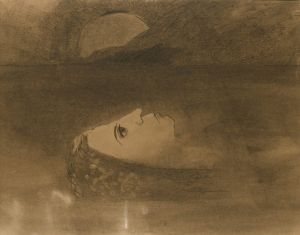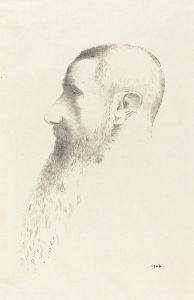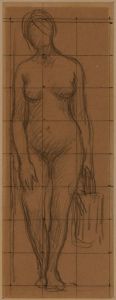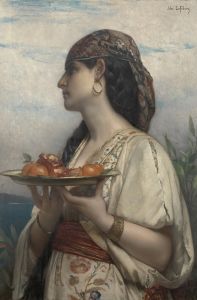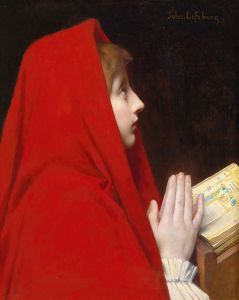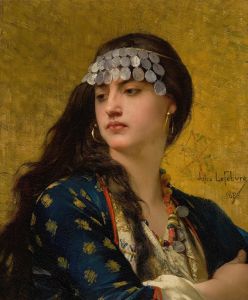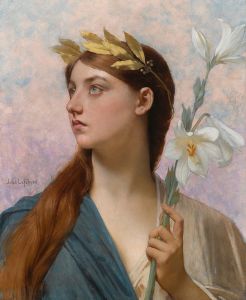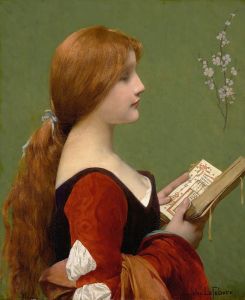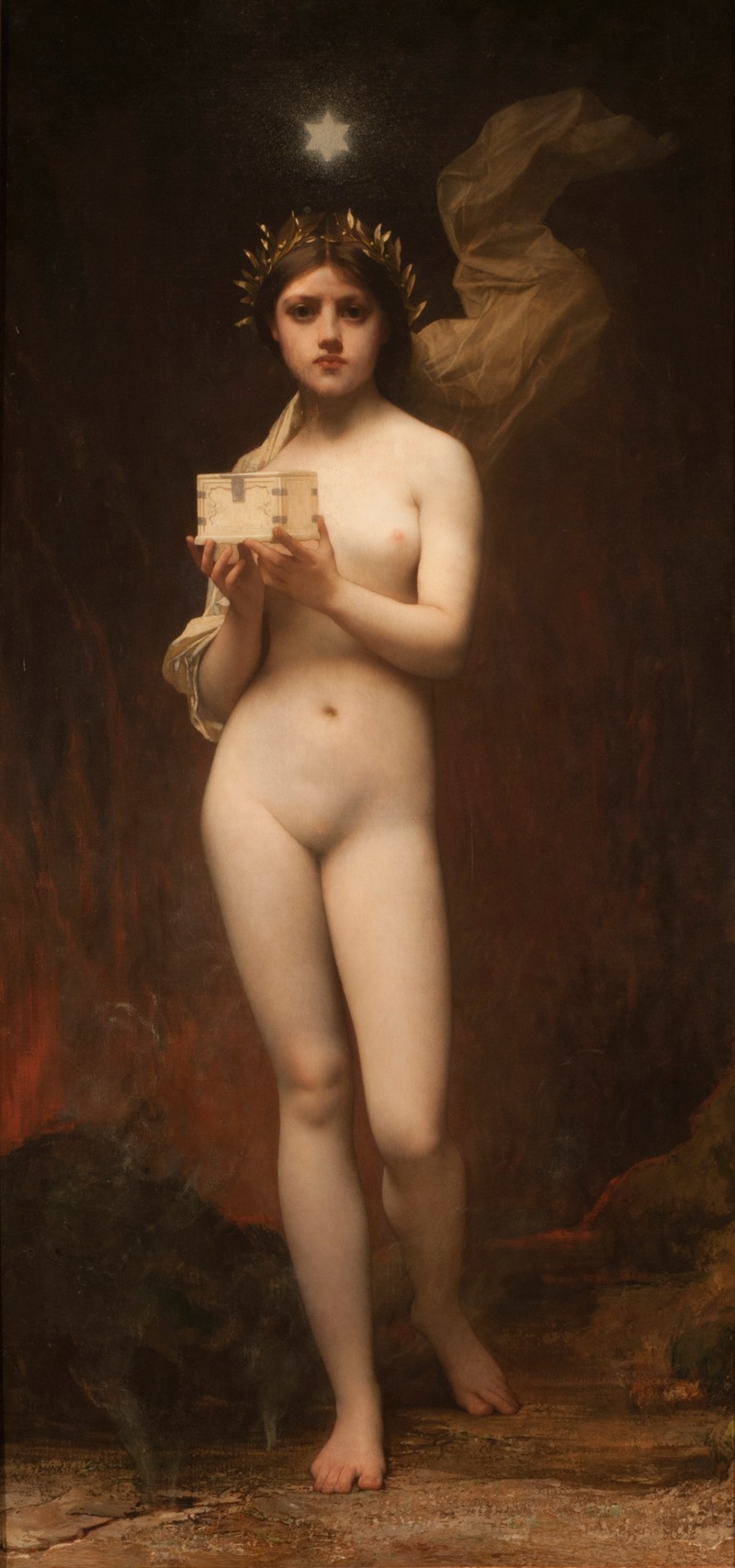
Pandora
A hand-painted replica of Jules Joseph Lefebvre’s masterpiece Pandora, meticulously crafted by professional artists to capture the true essence of the original. Each piece is created with museum-quality canvas and rare mineral pigments, carefully painted by experienced artists with delicate brushstrokes and rich, layered colors to perfectly recreate the texture of the original artwork. Unlike machine-printed reproductions, this hand-painted version brings the painting to life, infused with the artist’s emotions and skill in every stroke. Whether for personal collection or home decoration, it instantly elevates the artistic atmosphere of any space.
Jules Joseph Lefebvre's painting "Pandora" is a notable work by the French academic painter, created in 1877. Lefebvre, born in 1836, was a prominent figure in the 19th-century art world, known for his skillful portraits and depictions of mythological and allegorical subjects. He was a key figure in the academic art movement, which emphasized traditional techniques and classical themes.
"Pandora" is a representation of the mythological figure from Greek mythology. According to the myth, Pandora was the first woman on Earth, created by the gods. She was given a box (or jar) and instructed not to open it. However, driven by curiosity, she opened the container, releasing all the evils into the world, leaving only hope inside once she closed it again. This myth has been a popular subject in art and literature, symbolizing the dual nature of curiosity and the unforeseen consequences of one's actions.
In Lefebvre's painting, Pandora is depicted as a young, beautiful woman, embodying the idealized beauty typical of academic art. The artist's attention to detail and mastery of the human form are evident in the delicate rendering of her features and the soft, flowing drapery of her clothing. The painting captures a moment of contemplation, with Pandora holding the infamous box, her expression a mix of curiosity and apprehension. This portrayal aligns with the academic style's focus on clarity, harmony, and idealized beauty.
Lefebvre's "Pandora" reflects the artist's training and influences. He studied at the École des Beaux-Arts in Paris and was a student of Léon Cogniet. Lefebvre's work was well-received in his time, and he exhibited regularly at the Paris Salon, where he won numerous awards. His paintings often explored themes from mythology and literature, rendered with a meticulous attention to detail and a polished finish.
The painting is an example of Lefebvre's ability to convey emotion and narrative through composition and form. The use of light and shadow in "Pandora" enhances the three-dimensionality of the figure and adds depth to the scene. The background is kept simple, focusing the viewer's attention on Pandora and her internal conflict.
"Pandora" is part of Lefebvre's broader body of work that includes portraits, nudes, and historical scenes. His paintings are characterized by their technical precision and adherence to the principles of academic art. Lefebvre's influence extended beyond his own work; he was also a respected teacher, instructing many students who would go on to have successful careers in art.
Today, "Pandora" is appreciated for its artistic merit and as a representation of 19th-century academic painting. It exemplifies the era's fascination with classical themes and the human form, as well as the technical skill that defined the academic tradition. Lefebvre's work continues to be studied and admired for its contribution to the art of his time.





